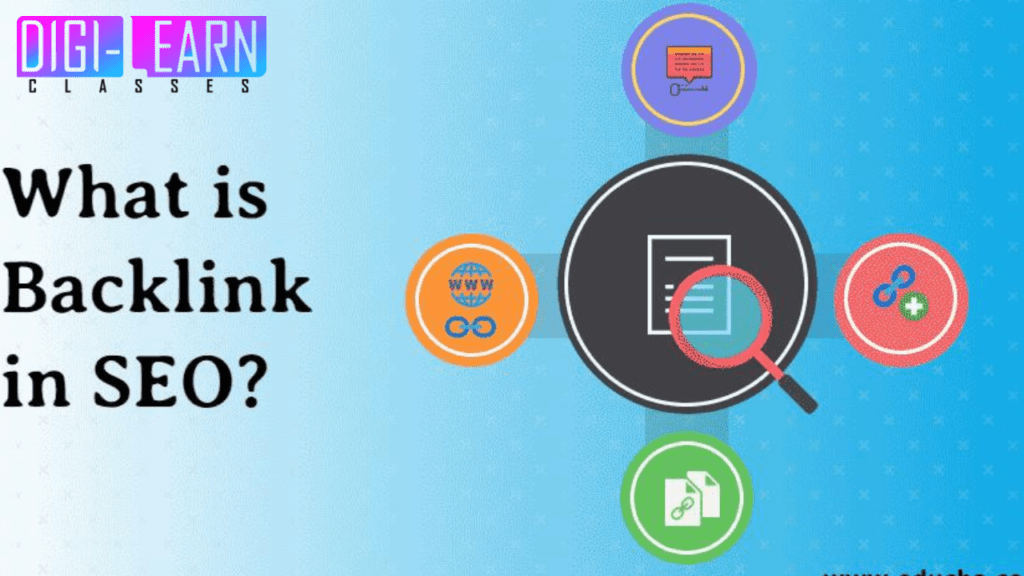Introduction:
On-page SEO refers to the optimization of individual web pages to improve their visibility and rankings in search engine results.
By focusing on on-page elements, website owners and marketers can enhance the relevance, user experience, and overall quality of their content. In this article, we will explore the key elements of on-page SEO and discuss how each element contributes to improved Search engine ranking .
Understanding and implementing these On Page SEO factors will help you maximize your website’s visibility, attract organic traffic, and achieve better results in Search engine optimization (SEO) efforts.
1. Keyword Research and Optimization:
Keyword research and optimization are fundamental aspects of on-page SEO. Here’s how to effectively utilize keywords:
a. Keyword Research: Conduct comprehensive keyword research to identify relevant keywords and phrases that align with your content and target audience.
Use keyword research tools and consider factors like search volume, competition, and user intent to find the most valuable keywords for your Web page.
b. On-Page Optimization: Optimize your web page by strategically placing keywords in key elements. Include the target keyword in the page title, meta description, URL, headings (H1), and within the content itself.
However, avoid keyword stuffing, which can lead to penalties. Instead, focus on natural and seamless integration of keywords that enhance readability and user experience.
c. Content Relevance: Ensure your content is highly relevant to the targeted keywords. Search engines evaluate the relationship between keywords and content to determine the page’s relevance to user queries.
Create informative, valuable, and comprehensive content that addresses the needs of your target audience while incorporating relevant keywords.
2. Title Tags and Meta Descriptions:
Title tags and meta descriptions are crucial on-page elements that impact both Search engine rankes and click-through rates. Consider the following:
a. Title Tags: Craft descriptive and keyword-rich title tags that accurately summarize the content of the web page. The title tag is displayed as the clickable headline in search engine results, and optimizing it can improve the page’s visibility and attract user clicks. Keep the title tag concise, typically within 50-60 characters, and ensure it entices users to click through to your page.
b. Meta Descriptions: Meta descriptions provide a brief summary of the content and are displayed below the title tag in search results. Although meta descriptions don’t directly influence rankings, they play a crucial role in enticing users to click on your page. Write compelling and concise meta descriptions, around 150-160 characters, that accurately represent the content and incorporate relevant keywords to improve click-through rates.
3. Heading Tags (H1-H6) and Content Structure:
Heading tags and well-structured content enhance readability, user experience, and Search engine understanding. Consider the following:
a. Heading Tags: Use heading tags (H1-H6) to structure your content hierarchy. The H1 tag should typically be reserved for the page title, and subsequent heading tags should be used to organize and divide the content into sections. Incorporate relevant keywords in heading tags to signal the topic and improve search engine undarstand.
b. Content Structure: Organize your content into logical sections with clear subheadings. This improves readability and allows users to easily navigate and comprehend the information. Use bullet points, numbered lists, and formatting options like bold and italics to highlight important points and make the content more scannable.
c. Readability and User Experience: Create content that is easy to read, engaging, and valuable to your audience. Use plain language, break up large blocks of text, and maintain a consistent tone throughout. Improve user experience by optimizing page load speed, ensuring mobile responsiveness, and providing clear navigation.
4. URL Structure and Internal Linking:
URL structure and internal linking contribute to both user experience and search engine optimization. Consider the following:
a. URL Structure: Optimize your URL structure to make it concise, descriptive, and keyword-rich. A clean and readable URL enhances both user experience and search engine understanding of the page’s content.
Include relevant keywords in the URL to improve its visibility and ranking potential.
b. Internal Linking: Use internal links to connect different pages within your website. Internal linking helps search engines crawl and index your website effectively while providing users with additional relevant content.
Include anchor text that is descriptive and keyword-rich to provide context and improve search engine understanding.


Conclusion:
Optimizing key on-page elements is crucial for effective search engine optimization . By conducting thorough keyword research, optimizing title tags and meta description, utilizing heading tags and structured content, refining URL structure, and implementing internal linking, you can improve the visibility, relevance, and user experience of your web pages.
These on page seo elements work in harmony to signal the content’s relevance to search engines and provide valuable information to users. By incorporating these keys on-page elements into your SEO strategy, you can maximize your website’s visibility, attract organic traffic, and achieve better rankings in search engine results.



